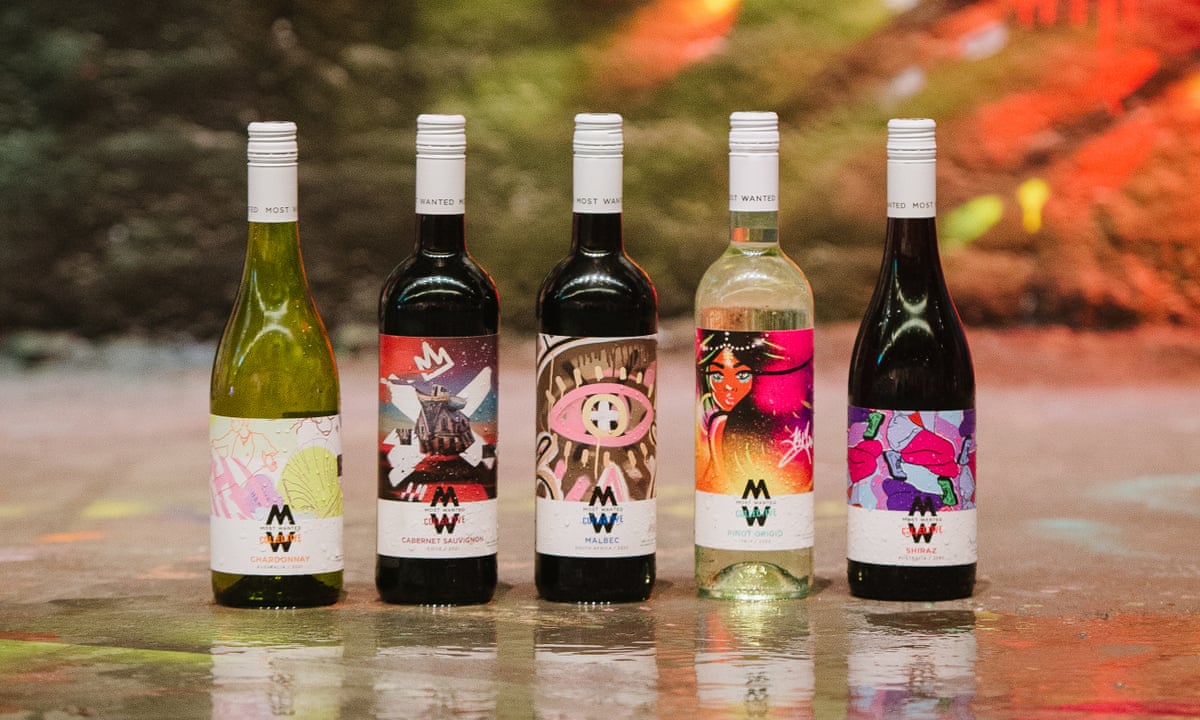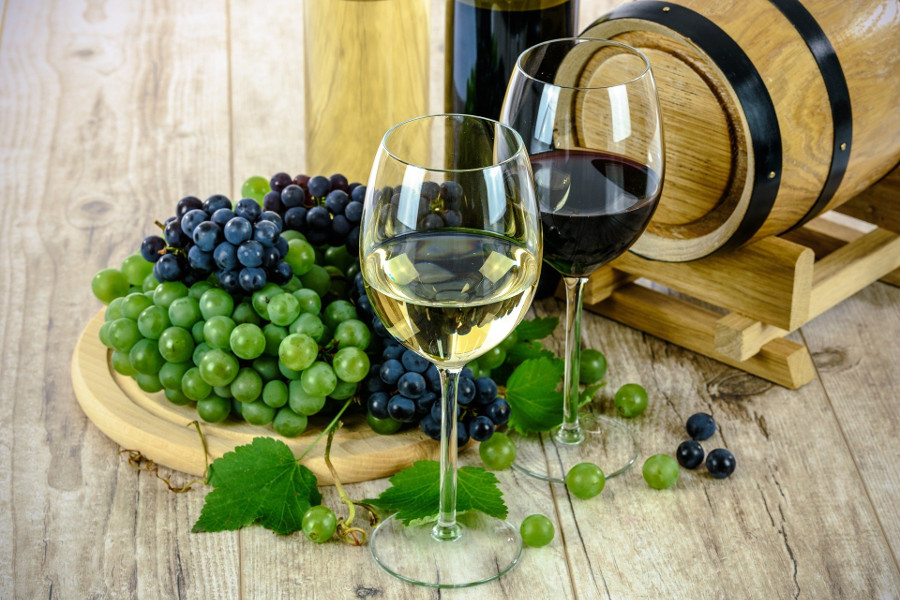Perusing wine marks can be interesting. Some are more direct, while others have such a lot of data on them that everything except the most old pros or enthusiastic gatherers of that specific wine or locale might wind up confused concerning what everything implies.
In light of that, we've placed together an introduction on the most proficient method to unravel names, regardless of where on earth the wine comes from.
The vintage

The one of a kind on the mark is generally a reference to the year in which the grapes were picked. This is significant in light of the fact that it permits us to comprehend what Nature gave during that specific developing season (hot and dry vintages will generally be very unique in relation to cool and wet ones, for instance). The date isn't the year the wine was packaged — given the distinctions in maturing strategies and methods of reasoning starting with one district or maker then onto the next, there could be however much quite a while between the reap date and the packaging one… and, surprisingly, longer for some classic Champagnes.
Geographical origin
By and large, the more unambiguous the geological sign on the name, the better the wine will be. This is emotional, similar to all questions of taste, however overall this turns out as expected. So a wine named as basically coming from a nation won't be as expressive or, as a general rule, as intriguing as a wine from a specific district inside that country. Wines can get much more granular than that, with monikers, individual towns, single grape plantations, or even single package wines.
How to Build the Perfect Case of Wine, According to an Expert?
Grape variety or blend

In the US, Australia, New Zealand, Chile, Argentina, and different pieces of the non-European world, wines are ordinarily marked by the grapes they're made out of. In any case, in light of the fact that a wine is named as being created from a solitary assortment doesn't imply that it's just that assortment. In the US, for instance, a wine just must be made of 75% of a specific grape assortment to be marked in that capacity; numerous Napa Taxis, probably the most incredible on the planet, are really mixed with other free assortments, similar to Merlot or Cabernet Franc. This is certainly not something terrible by any means, as it permits the winemaker to make the most ideal wine in some random rare.
Legally defined place names
At the point when the name of a specific district or sobriquet shows up on the mark, it doesn't imply that the grapes were filled there; there are likewise frequently more guidelines characterizing a particular locale or handle than essentially lines on the guide. Height can likewise be a principal trait of a specific spot. For instance, Napa Valley's Chart book Pinnacle AVA can show up on a mark in the event that the grapes were developed somewhere in the range of 400 and 2,600 feet above ocean level.
IGT, DOC, DOCG, AOC, AOP, and more

Devotees of Italian and French wines will perceive these letters, which show up separately on wines all through the two nations. They fundamentally let you know that the wines come from controlled or safeguarded place-names, and that they adhere to the particular guidelines and guidelines that apply to the developing of grapes and making of wines in them, whether that is the number of plants per section of land (or hectare) can be planted, allowed water system rehearses, how much time the wines spend in barrel or jug preceding stirring things up around town, and then some.
One significant thing important: DOCG wines are not intrinsically better compared to DOC ones, however the name is for the most part viewed as more lofty. Frescobaldi, the incomparable Tuscan maker, puts it well on their site: "The tip of the pyramid is addressed by DOCG wines, to be sure the most esteemed abbreviation. Getting it expects adherence to much stricter rules. It is, as a matter of fact, a characteristic move forward from DOC wines, considering that to become DOCG, the wine probably been DOC for something like decade and be perceived as of specific incentive for its quality and as a verifiable creation region." Still, there are exemptions: In the beginning of Super Tuscans, even awesome of them were marked as basically Vino da Tavola, since they followed no current DOC or DOCG guidelines. There are still jugs of old Sassicaia and Tignanello that are actually "table wine," notwithstanding the way that they'd cost serious the means to obtain!
Old vines

There is no lawful definition for old plants (or "vieilles vignes"), yet many names brag of them. They do so in light of the fact that, by and large, the more seasoned a plant is, the more expressive its grapes are. As plants age, they start to create less — yet more focused — natural product. Many wines will determine on the back name how old the plants really are in an old-plants packaging, and in the event that that is not the situation, then, at that point, look at the maker's or alternately merchant's site for that data. Old plants could be 30 years, 50 years, or even 100 years in a few uncommon examples.







